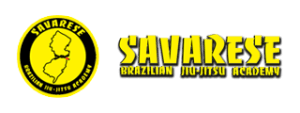Opportunity and Emotion in BJJ
Opportunity and Emotion in BJJ
Opportunity and Emotion in BJJ often go hand in hand in Jiu-Jitsu. When opportunity knocks, it’s time to break down the door. In a match against a tough opponent, you may be presented with only one opportunity to make a decisive attack. Whether you do so successfully will come down mostly to two things, your ability to PULL THE TRIGGER when the moment arises and your ability to EXECUTE the move you have selected. The first is more psychological in nature and pertains to your confidence levels. The second is more physical in nature and pertains to your skill level. To shine under pressure you’ll need both to work in harmony. Emotion can be a tricky thing. This game is about decision making and calculating risk and reward. Emotion doesn’t help decision making and calculation. I find most people do their best work in a calm and emotionless state. It’s sometimes difficult to achieve this in the pressure of competition but you don’t have to be perfect,- just better than the other person you are competing against. And often, if you can make your opponent emotional, you can have a great advantage. The time for emotion is after the performance, then you can let out whatever you were holding back! Here, our Savarese BJJ (www.njbjj.com) student Brian lets out some emotion AFTER a big win at the World BJJ Championships.
